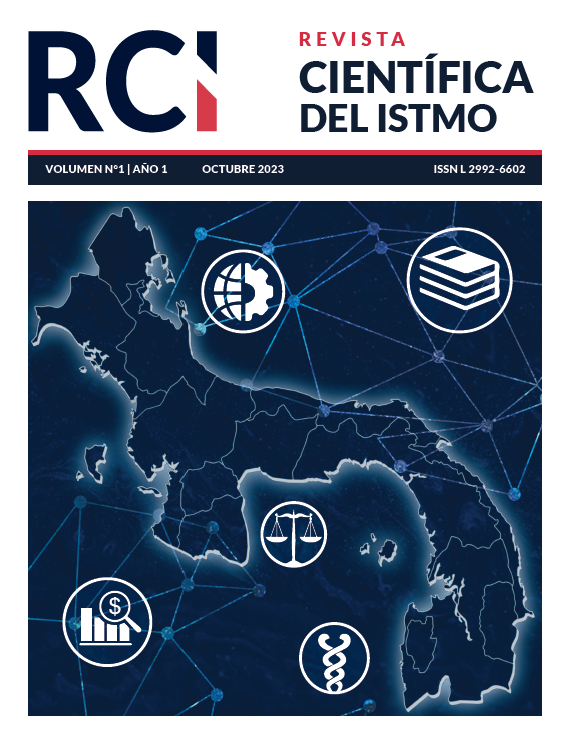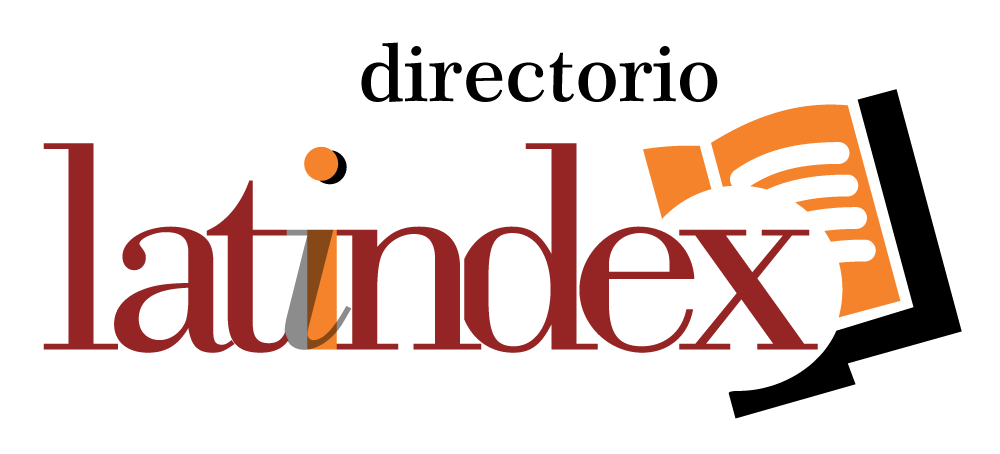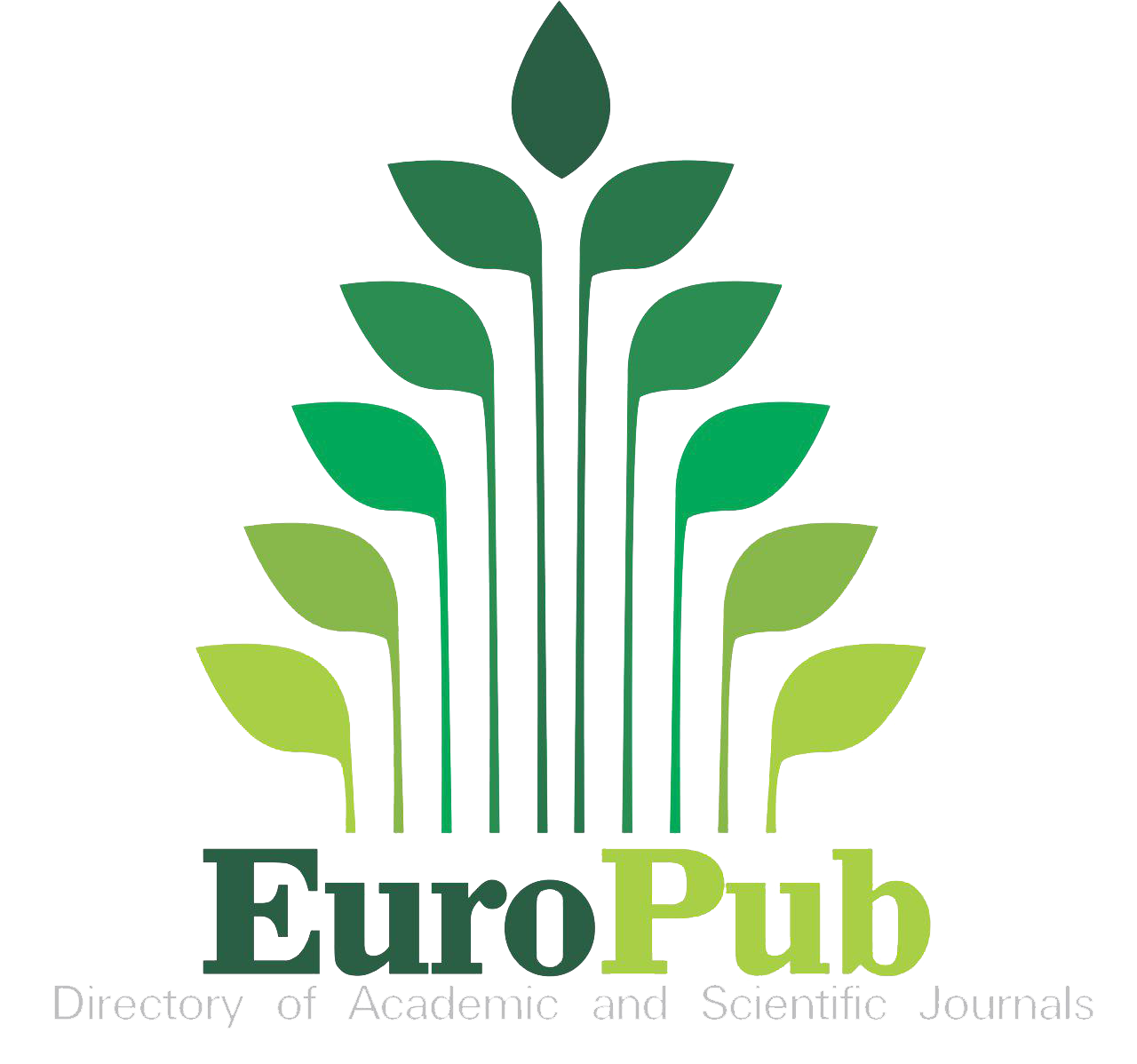Elements of geomarketing that facilitate the management of organizational information
Keywords:
geographic data, management, knowledge management, marketing, geographic information systemAbstract
Marketing supported by geomarketing uses the geolocation of customers, competitors, points of sale and distribution, facilitating the management of organizational information. This way of using knowledge is the basis for obtaining value, designing better strategies to meet the objectives set by organizations and achieving competitiveness. With the objective of identifying the fundamental elements of geomarketing that facilitate the management of organizational information, aspects that need to be handled efficiently to achieve competitive advantage in the company, optimize existing markets and analyze information in a logical and coordinated manner are presented. The delimitation corresponds to the Christaller Model, the Huff Model and Geographic Information Systems. The qualitative paradigm was used in an inductive, non-experimental and cross-sectional study; With the documentary technique, the information was collected, ordered, summarized, and analyzed to specify that of interest for the investigation, and finally the result of the final product was obtained. The population was composed of the management of organizational information, the sample was represented in marketing and the sampling was the three elements of geomarketing already delimited. The results show that geomarketing is a key tool for current marketing, and that it can be evaluated if the competitive advantage due to its use represents lower cost, higher profit, and increase in customer demand, since it allows a better analysis of the data of interest, contributing to more effective decision-making.
Downloads
References
Agudelo Ceballos, E.J., & Valencia Arias, A. (2018). La gestión del conocimiento una política organizacional. Ingeniare, 26(4), 673-684.
Albornoz Del Valle, E.A., Núñez Cerda, F.J., & Mena Frau, C. (2020). Geomarketing: desde una visión comercial a una aplicación social en contexto metropolitano. Norte Grande, 76, 14-167.
Amago, F. (2000). Logística y marketing geográfico. Geomarketing, para tomar decisiones visualmente. Logis Book.
ArcGis Resources. (s/f). Recursos software para sistemas de Información geográfica. https://resources.arcgis.com/es/help/getting-started/articles/026n0000000t000000.htm
Asuad, N. (2014). Teoría de la distribución espacial de las actividades económicas. http://www.economia.unam.mx/cedrus/descargas/Teorasdistribucionespacial.pdf
Calero Vargas, E.A. (2015). El uso del geomarketing como herramienta de análisis y / o planificación para la expansión comercial a nivel zonal de la empresa de embutidos “Don Juanchito” ubicada en el Cantón Ambato. (Tesis de Licenciatura). Universidad Católica de Ecuador, Quito, Ecuador.
Cantón Mayo, I., & Ferro de Lucas, E. (2016). La gestión del conocimiento en revistas de educación. Educar, 52(2), 401-422.
Centro de Estudios sobre Ciencia, Desarrollo y Educación Superior. (2018). Análisis de datos espaciales con QGIS, nivel inicial (intensivo). http://www.centroredes.org.ar/index.php/datos-con-qgis-2/
Chasco Yrigoyen, C. (2003). El geomarketing y la distribución comercial. Investigación y Marketing, 79, 6-14.
Cook, T.D., & Reichardt, Ch.S. (1986). Método cuantitativo y cualitativo en investigación evaluativa. Edición Morata S.L.
Fontalvo Cerpa, W., & Tejeida Carbajal, T. (2013). Implementación del geomarketing en México como estrategia para el desarrollo de los negocios. Dictamen Libre, 12(13), 55-70.
Garrocho, C. (2003). La teoría de interacción espacial como síntesis de las teorías de localización de actividades comerciales y de servicios. Economía, Sociedad y Territorio, 4(14), 203-251.
Kotler, P., & Armstrong, G. (2007). Marketing versión para Latinoamérica. Pearson Educación.
Lucero Morales, M.F., & Pazmiño Jiménez, J.E. (2015). Desarrollo de las estrategias comunicacionales y geomarketing como herramienta de fortalecimiento para identificar y prevenir dengue en las zonas urbanas marginales de la ciudad de Guayaquil. (Tesis de Licenciatura). Universidad de Guayaquil, Guayaquil, Ecuador.
Nonaka, I., & Takeuchi, H. (1995). The knowledge creating company. Oxford University Press.
Ortiz Cantú, S., & Zaldivar, V.H. (2017). Aportaciones de la administración del conocimiento a la innovación abierta. Gestión Innovación Competitividad, 1-14.
Palacios Orejuela, I.F. (2018). Aplicación de modelo de Christaller para la distribución espacial de supermercados. Maskana, 9(2), 9-12.
Palao Barbero, J. (2016). Adquisición de capital intelectual mediante sistemas de información geográfica geomarketing. (Tesis Doctoral). Universidad Católica de Murcia, España.
Pérez-Montoro, M. (2016). Gestión del conocimiento: origen y evolución. El profesional de la información, 25(4), 526-534.
Ramos, C.A. (2015). Los paradigmas de la investigación científica. Avances en Psicología, 23(1), 9-17.
Rodríguez Martínez, J.F. (2020). Geomarketing una oportunidad para la analítica empresarial. Investigación y Negocio, 13(22), 103-110.
Sáenz Saavedra, N. (1992). Los sistemas de información geográfica (SIG) una herramienta poderosa para la toma de decisiones. Ingeniería e Investigación, 1, 31-40.
Sampaio de Aragão, P.S. (2005). Geomarketing: Modelos e Sistemas, com Aplicações em Telefonia. (Tese de Mestrado). Universidade Estadual de Campinas, Instituto de Computação.
Téllez Valencia, C., & Aguilar, A.G. (2000). Aplicación del concepto geomarketing al caso de la microindustria del vestido en el Municipio Nezahualcóyotl, Estado de México. Investigación Geográfica, 43, 122-144.
Trindade Venturini, W. (2011). Gestión de relaciones con los clientes factores críticos para el éxito en la implantación de soluciones tecnológicas CRM en las empresas. (Tesis Doctoral). Universidad de Salamanca, España.
Zúñiga Vilca, C.P., & Cambillo Moyano, E.N. (2019). Análisis exploratorio de datos espaciales de pacientes con rinofaringitis, asma bronquitis en consulta externa del hospital Santa Rosa- 2006. Pesquimat, 22(1), 61-68.
Downloads
Published
How to Cite
Issue
Section
License
Copyright (c) 2025 REVISTA CIENTÍFICA DEL ISTMO

This work is licensed under a Creative Commons Attribution-NonCommercial-ShareAlike 4.0 International License.













